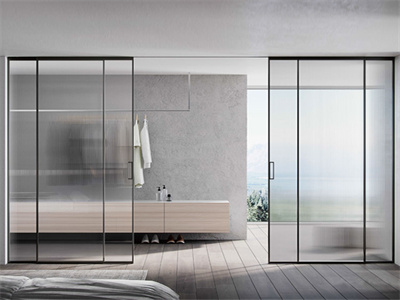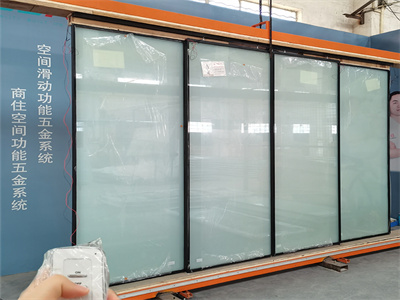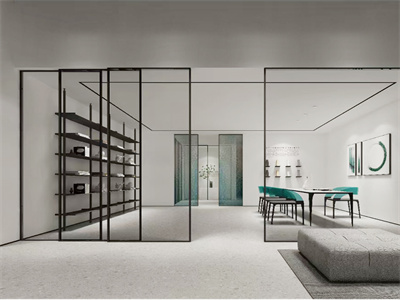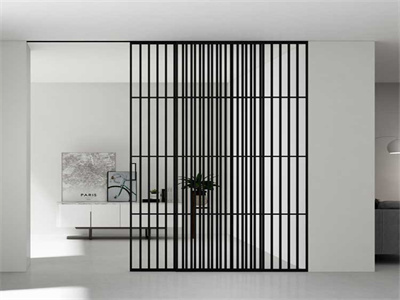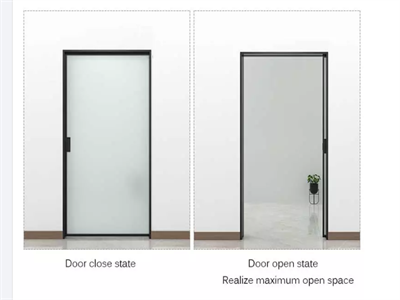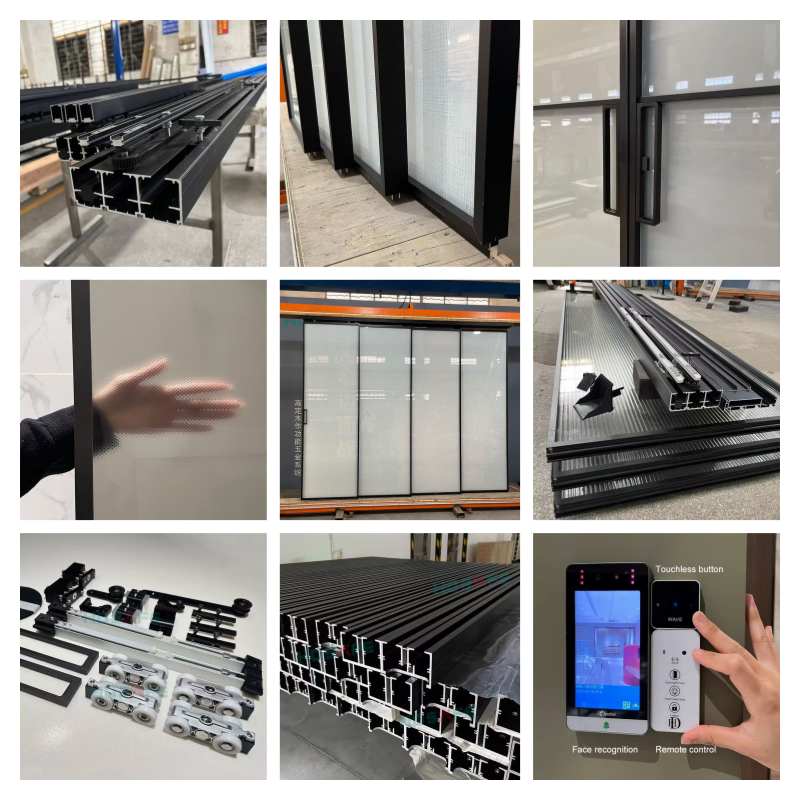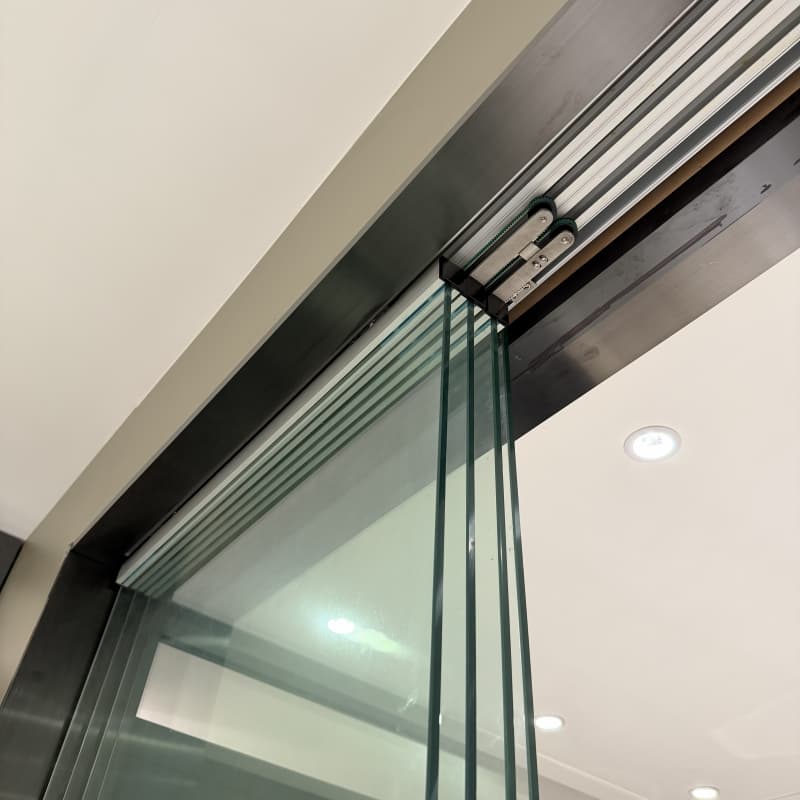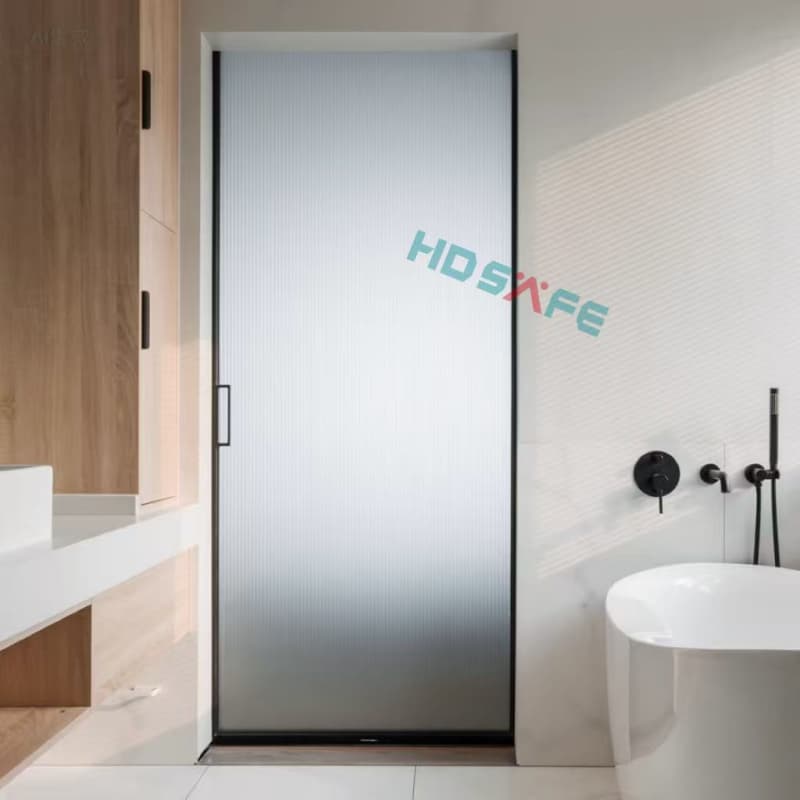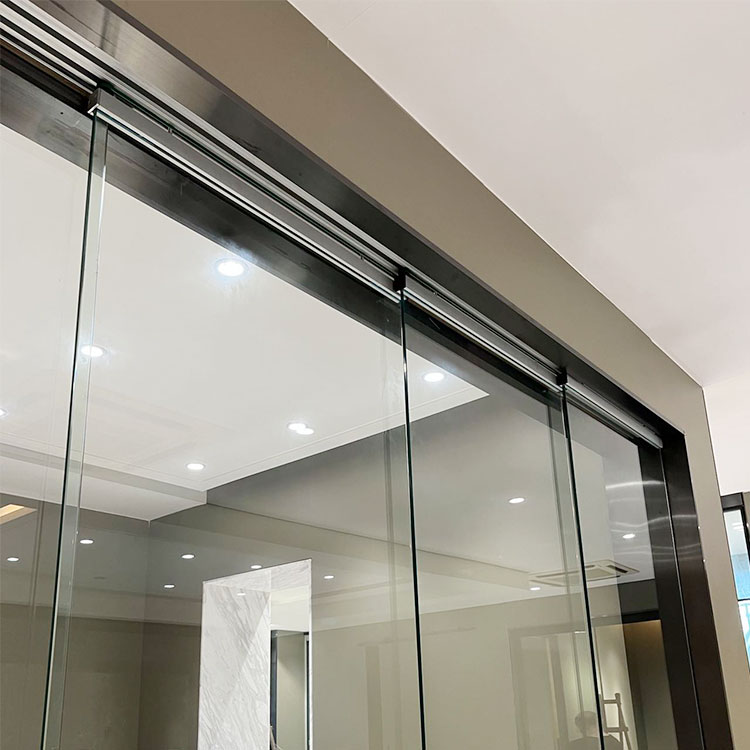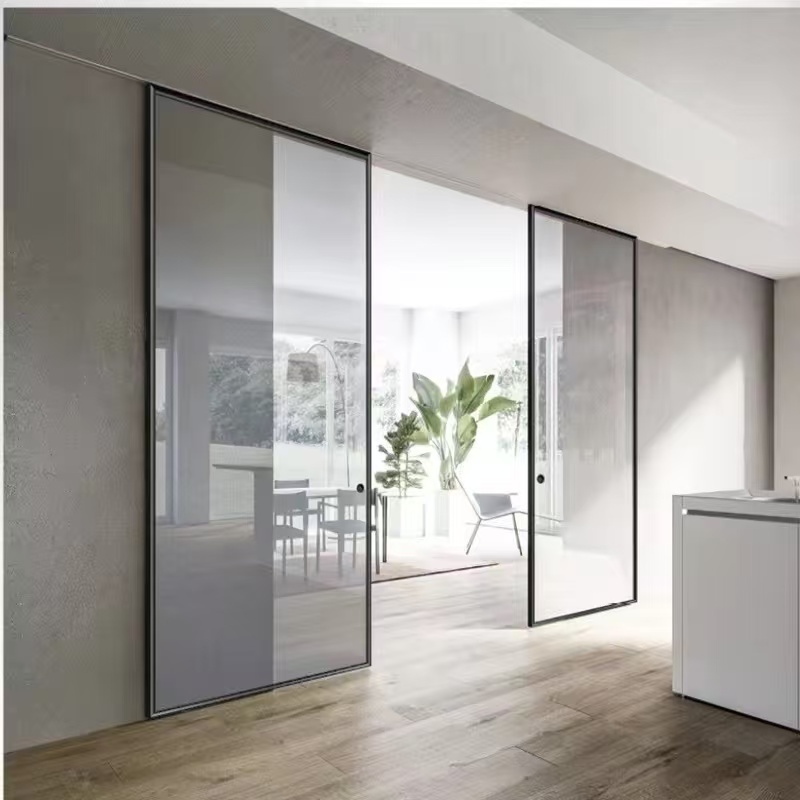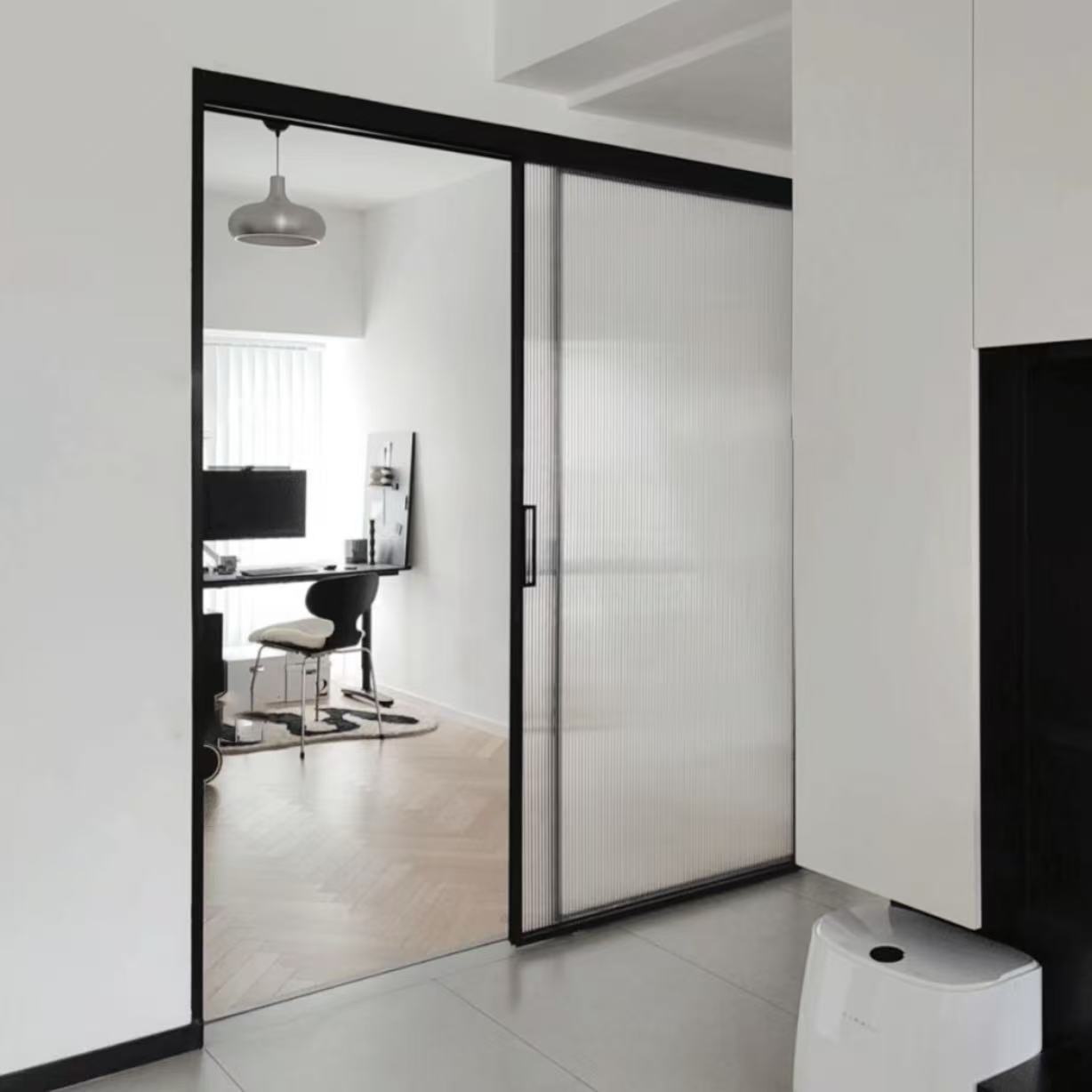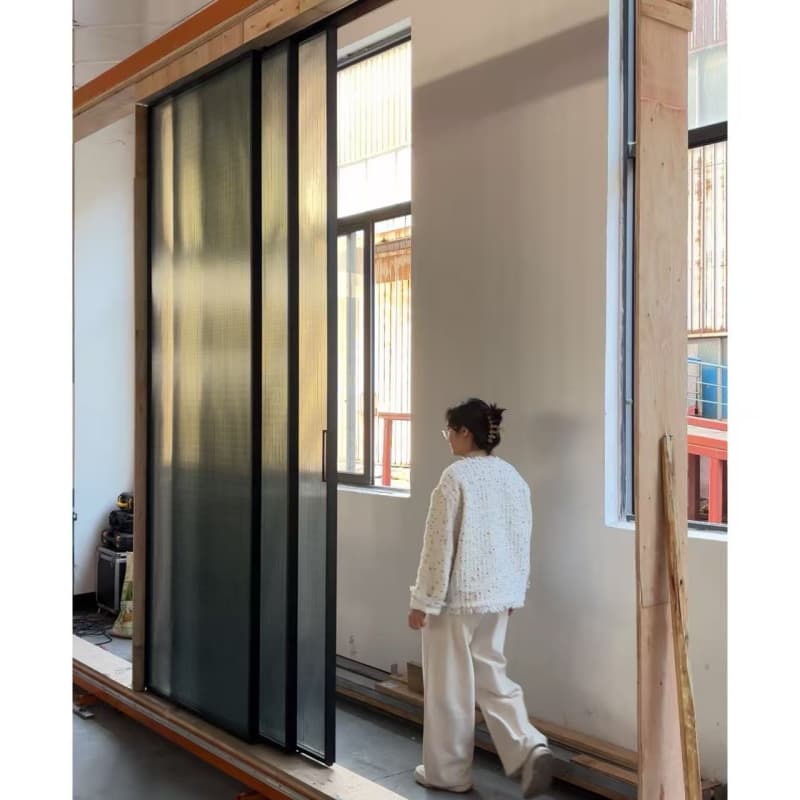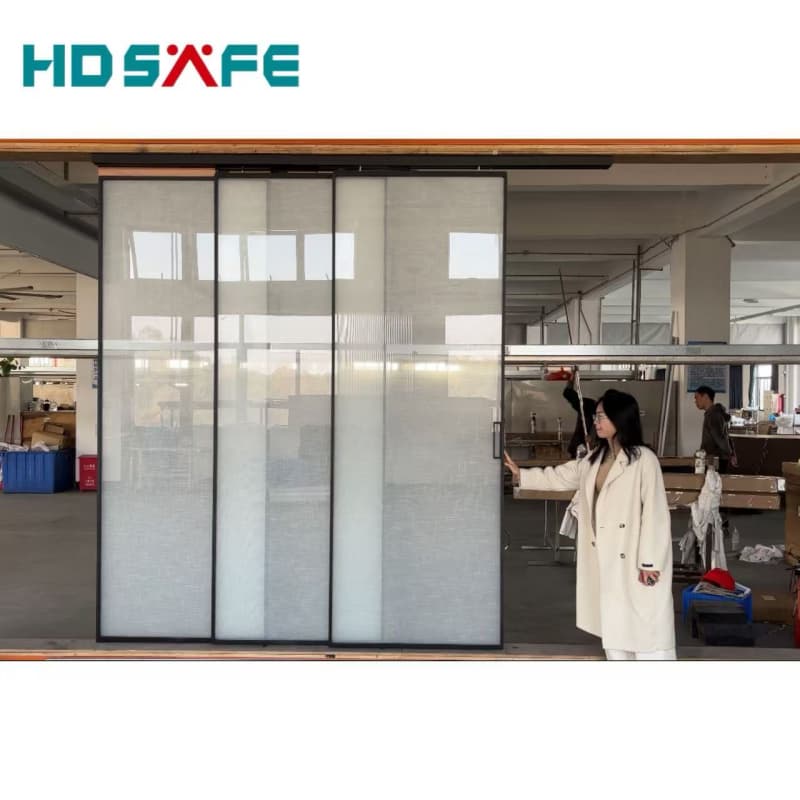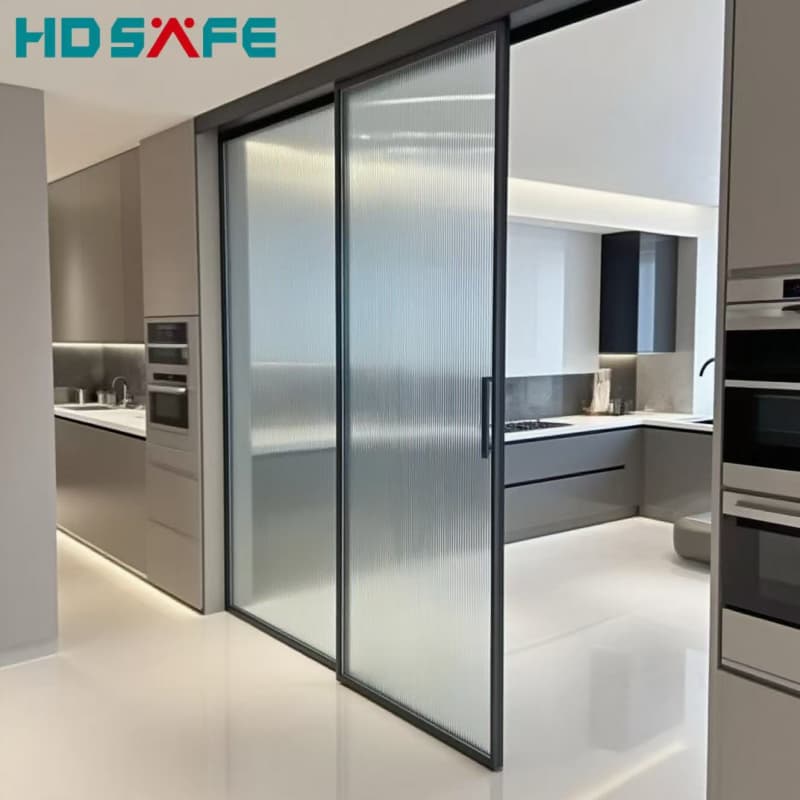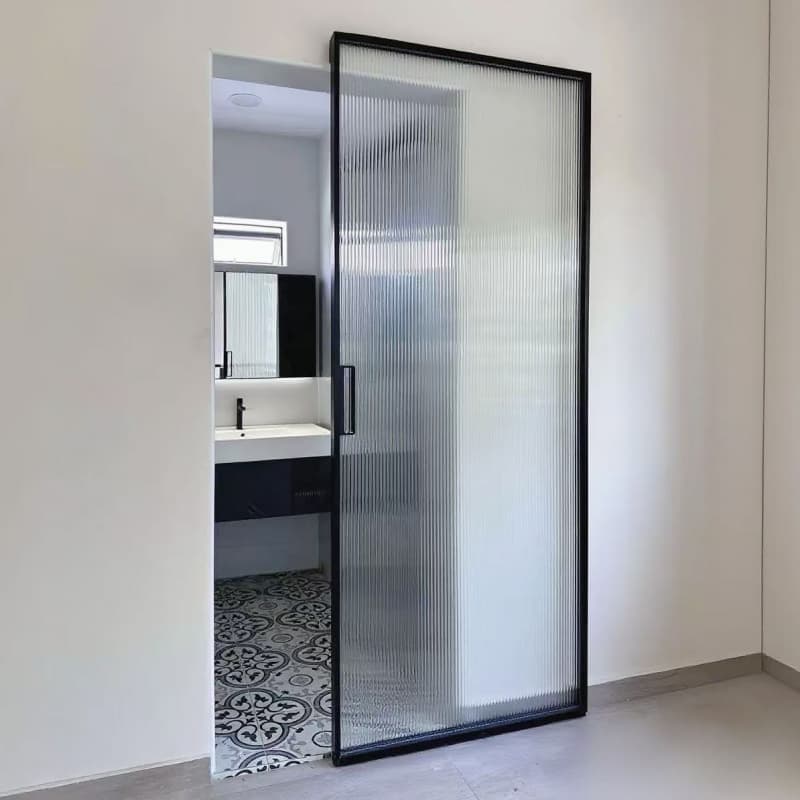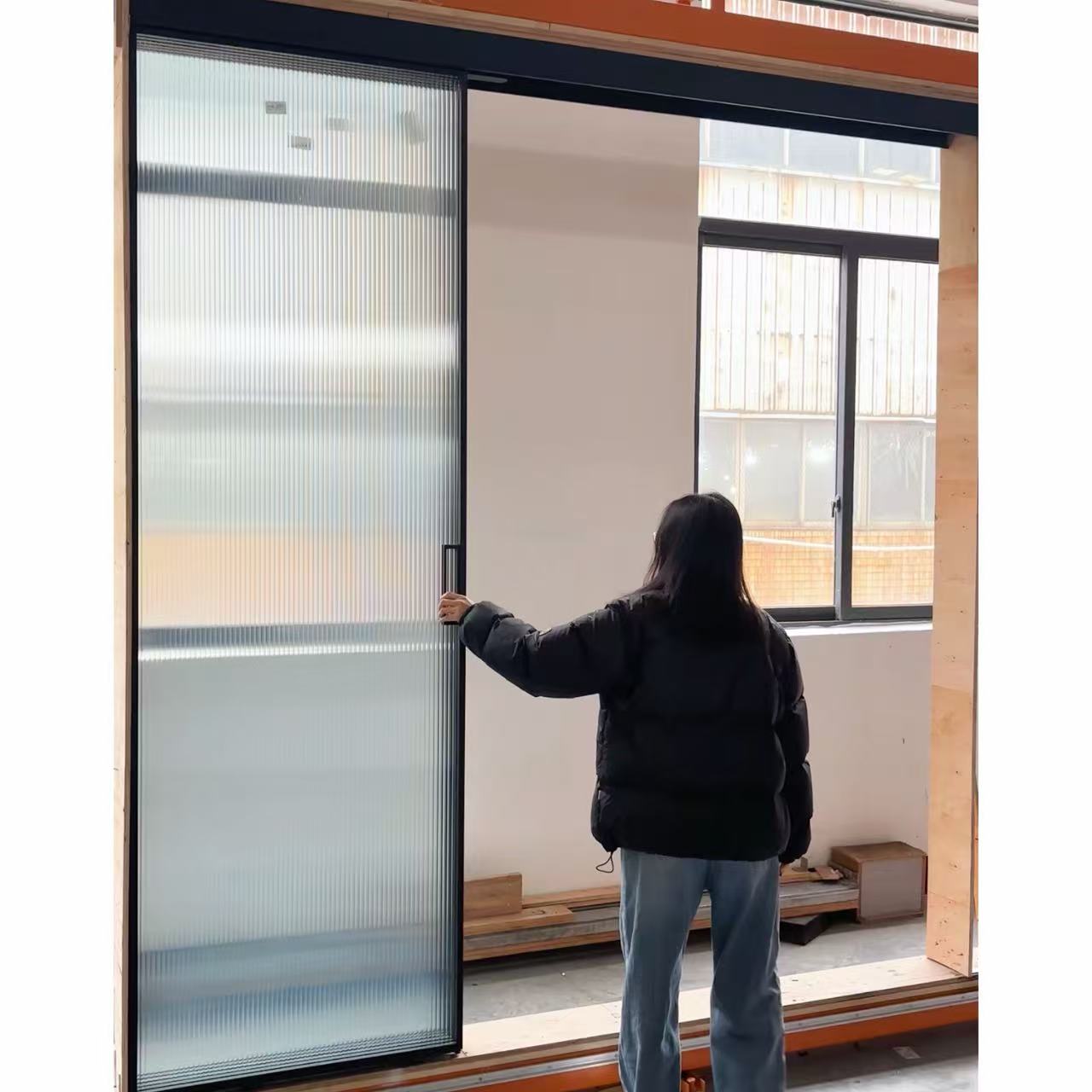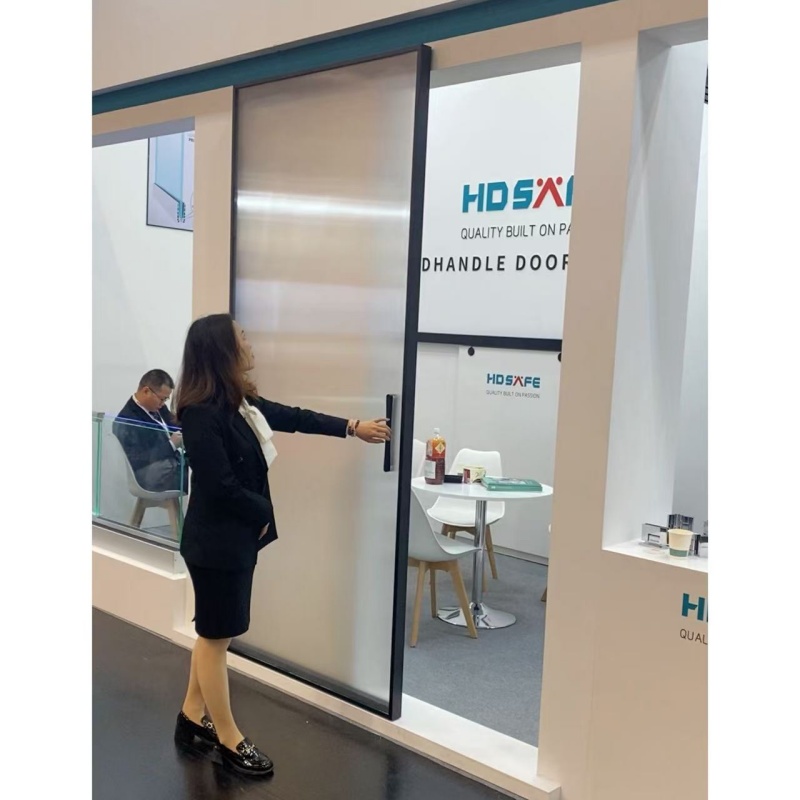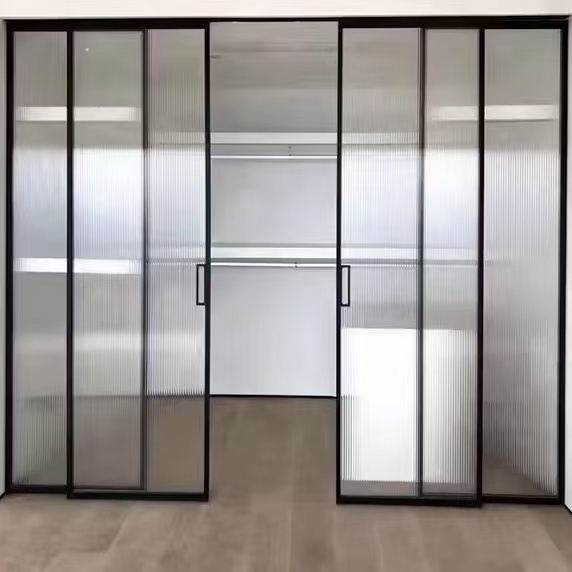The Evolution of Pocket Doors: From Historic Necessity to Modern Luxury
Design Advantages: Why Pocket Doors Dominate Modern Interiors
1. Space Optimization: The Ultimate Space-Saver
2. Aesthetic Versatility: Blending In, Standing Out
3. Acoustic Performance: Privacy Without Sacrificing Flow
4. Sustainability: A Greener Choice
The Mechanics Behind the Magic: Engineering a Seamless Slide
1. Tracks and Rollers
2. Hanging Hardware
3. Spacers and Seals
4. Panel Construction
Applications Across Spaces: From Bedrooms to Boardrooms
1. Residential Spaces
-
Bedrooms and Bathrooms: A pocket door between a master bedroom and en-suite eliminates the need for a swinging door, creating a spa-like, open feel. In smaller bathrooms, a pocket door saves space where a hinged door would encroach on floor area. -
Home Offices: In a room shared with a living area, a pocket door allows the office to remain accessible yet private. When open, it contributes to an open-concept layout; when closed, it blocks distractions. -
Pantry and Laundry Rooms: Narrow pantries or laundry closets often lack space for a swinging door. A pocket door keeps these areas hidden but easily accessible.
2. Commercial and Hospitality Design
-
Hotels: Boutique hotels use pocket doors to define suites, creating private yet interconnected spaces. A pocket door between a bedroom and sitting area allows guests to customize their environment. -
Office Buildings: Open-plan offices employ pocket doors to convert individual workstations into private meeting nooks or focus areas. This flexibility aligns with hybrid work models, where employees need both collaboration and solitude. -
Restaurants and Cafés: Pocket doors separate dining areas from kitchens or private event spaces, enabling seamless transitions during peak hours or special occasions.
3. Specialized Use Cases
-
Accessibility: Pocket doors are a boon for individuals with mobility challenges. Unlike hinged doors, which require force to open, sliding doors can be operated with minimal effort, often paired with automatic openers for added convenience. -
Historic Preservation: In restoring older homes, pocket doors maintain original architectural intent. Many historic houses feature pocket door openings, and modern replicas ensure continuity with the past.
Choosing the Right Pocket Door: A Buyer’s Guide
1. Door Weight and Size
2. Track Quality
3. Acoustic Needs
4. Aesthetic Alignment
5. Installation Expertise
Maintenance and Longevity: Keeping Pocket Doors Pristine
-
Lubricate Tracks and Rollers: Every 6–12 months, apply a silicone-based lubricant to the track and rollers to prevent friction. Avoid oil-based products, which attract dust. -
Tighten Hardware: Over time, screws may loosen. Periodically check and tighten hanging brackets and track fasteners. -
Clean Gently: Wipe the door with a mild detergent and water. Avoid abrasive cleaners that scratch finishes. For glass panels, use a glass cleaner to remove smudges. -
Adjust Alignment: If the door sticks or drags, use the adjustable rollers to realign it with the track.





 Home
Home Oct 08,2025
Oct 08,2025 
 Elegant and Functional: Exploring Glass Sliding Door Designs for the Living Room
Elegant and Functional: Exploring Glass Sliding Door Designs for the Living Room 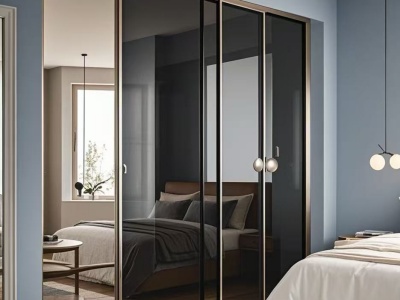
 May 30,2025
May 30,2025 
